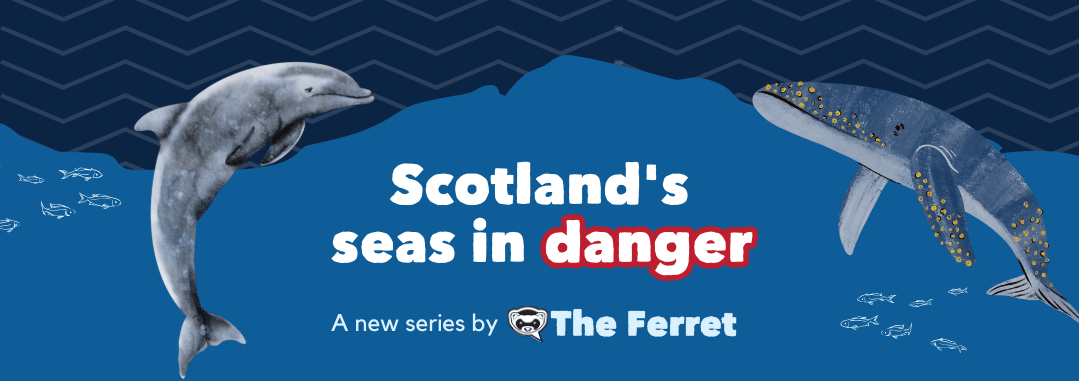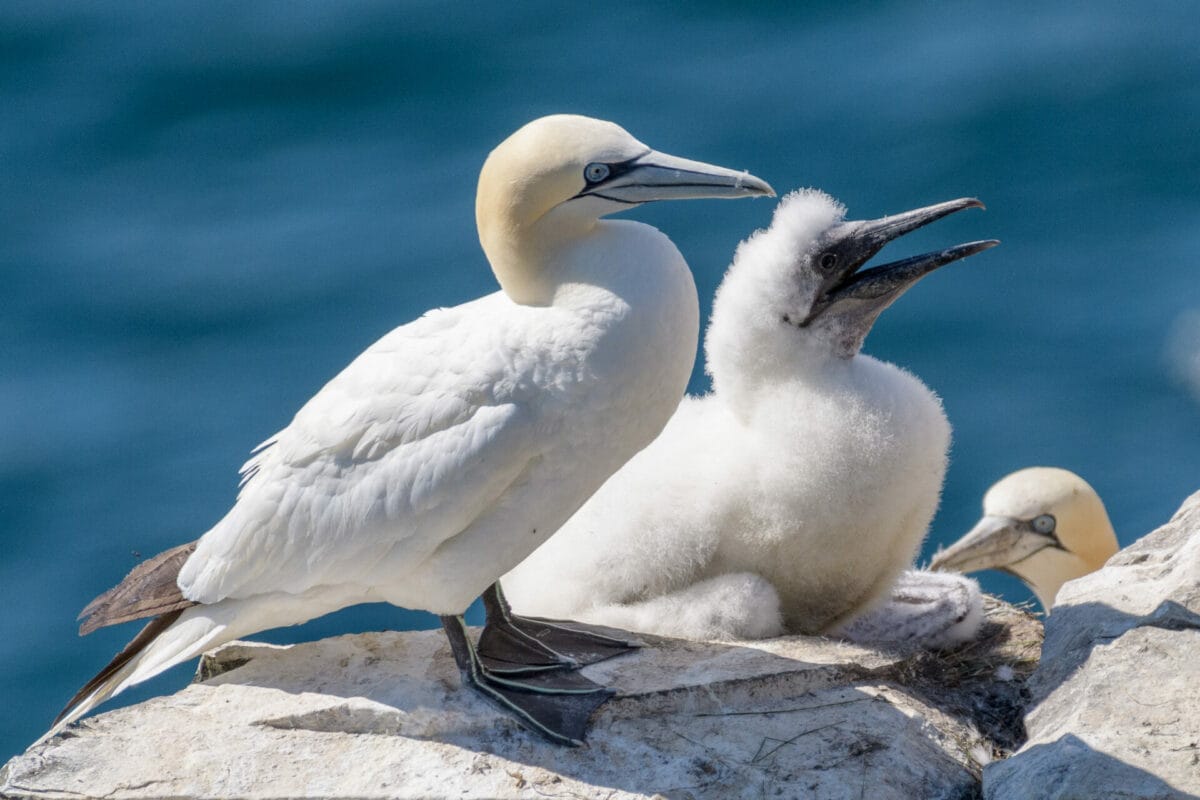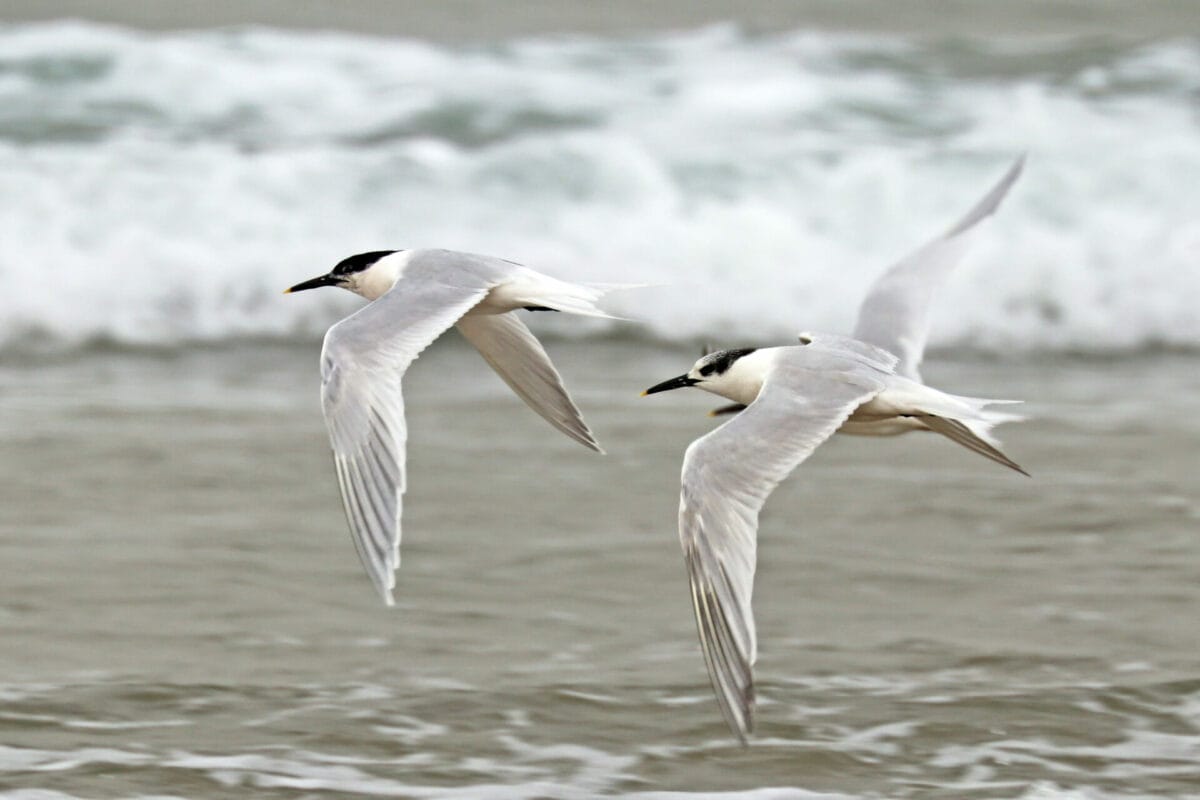The recent bird flu outbreaks have pushed iconic Scottish seabird species into decline for the first time, according to a new study into the “catastrophic” impacts of the disease.
The RSPB-led report, released today, has for the first time quantified the severe impact of avian influenza that has hit Scotland’s seabirds in recent years.
Gannet, great skua and sandwich tern are now considered declining species following deaths during the outbreak.
The bird protection charity is calling for immediate action from the Scottish Government to stem further declines.

The report comes just days after The Ferret outlined the state of Scotland’s seabird populations as part of our Scotland’s Seas in Danger series.
We analysed the most recent data and information from Scottish Government agencies, conservation bodies and others, which revealed that dozens of sea and coastal bird species are in decline, or threatened, due to issues like falling fish populations, climate change, and other pressures.
But these studies predate the new RSPB report, which shows that, due to the impact of bird flu, gannet, great skua and sandwich tern are now declining species. These birds were among the few species to have stable or increasing numbers prior to the outbreaks, which spanned from summer 2021 to the winter of 2022/23.
Since then, the number of great skuas has dropped by 76 per cent while gannets and sandwich terns have each declined by 22 per cent. Scotland is home to 60 per cent of the global great skua population, and 46 per cent of the gannet population. RSPB says the shrinking numbers will have “international implications”.



Kittiwakes, guillemots and black-headed gulls were also struck by bird flu. Arctic skua, lesser black-backed gull, herring gull, common tern and arctic tern were already in decline, but are expected to have been impacted further by the disease.
Seabird declines ‘catastrophic’
The Scottish Government is due to consult on a new Scottish Seabird Conservation Strategy this year, and publish it in 2025.
But RSPB says the new plan cannot wait. It is urging action to tackle threats facing seabirds, including the unintended capture of birds in fishing gear, and invasive, non-native species, which, it said, must be removed from island bird colonies.
Invasive species include the American mink, which preys on young seabirds at colonies on the west coast and the Western Isles.
The charity also wants measures to protect habitats and the species seabirds rely on as a food source, and for offshore wind farms to be greenlit only in the “least damaging” places for seabirds and other marine wildlife.
RSPB Scotland’s head of habitats and species, Paul Walton, said that while declines in Scotland’s seabirds pre-bird flu were “nothing short of catastrophic”, the picture following the outbreak is “even bleaker”.
“The sight of so many dead seabirds on our cliffs and beaches over the last few years has been heartbreaking and left many fearful for their future,” he said. “Those fears are well-founded.
“This is the latest in a long list of human-caused threats that are harming our seabirds. We have failed to adequately protect our marine environment and wildlife for decades. But we know and understand actions that would begin to turn things around, helping to recover and build resilience in our seabirds.”
Walton added: “We need the Scottish Government to implement these actions and policies now, so we have a future where our seabirds are part of a thriving marine environment, our national culture and wellbeing.”
The Scottish Government said it was “committed to taking action to improve the conservation prospects of seabirds and build resilience in our populations.”
It last year launched the Scottish Avian Influenza in Wild Bird Response Plan, which sets out how it will respond to future outbreaks.
Scotland’s new biodiversity strategy “includes a wide range of actions in relation to our nationally and internationally important seabird population, including delivery of a Scottish Seabird Conservation Strategy,” said a spokesperson.
“We have also taken forward the proposed ban on fishing for sandeel in all Scottish waters, which has the potential to improve the resilience of seabirds to changes in the marine environment as well as delivering wider ecosystem benefits.”
Scotland’s Seas in Danger is a year-long investigative series by The Ferret that delves into Scotland’s marine environment. Our investigations were carried out with the support of Journalismfund Europe.

This project is was conducted in partnership with the Investigative Reporting Project Italy (IRPI), which will publish its work later this year.
If you like what we do and want to help us do more independent journalism, you can support us by becoming a member. You can also donate or subscribe to our free newsletter.
Header image thanks to Odd Wellies. Licensed under the Creative Commons Attribution 2.0 Generic license.














